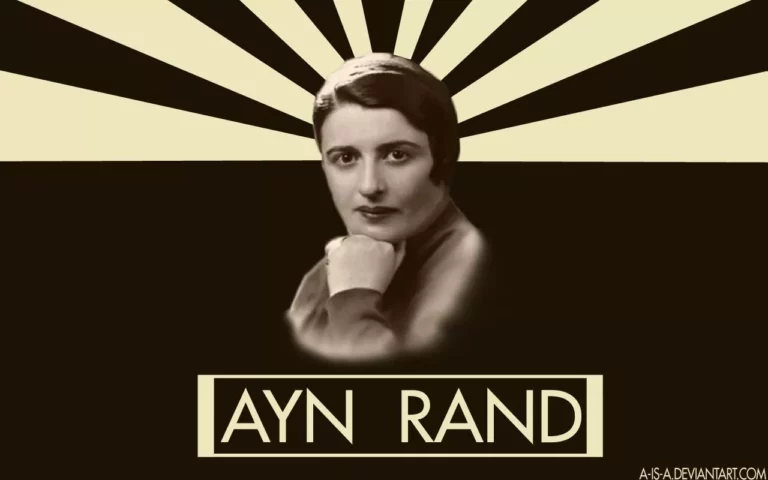
Ayn Rand, a 20th century controversial novelist/philosopher, had some thought-provoking ideas to add to the world of philosophy and metaphysics. Her work attracted both appreciation and criticism of the same intensity. However, due to the complex nature of the writing, her philosophy has been heavily misunderstood.
The ideas disseminated through her writings were misinterpreted to practice power in society and still continues to be. A lot of self-centered capitalist use it as a basis for their urge to exert power through money. Rand’s writings have been wrongly quoted in boardrooms of multinational companies to motivate employees to achieve their deadlines.
In particular, the infamous Objectivism theory, that is used as a basis for justification by several greedy and selfish. On the other hand Rand’s, Objectivism Theory talks about a man as a heroic being who is capable of achieving anything to be happy. Accordingly, a man should seek happiness and do what he finds fulfilling and self-satisfying. Objectivism also embraces the basic fact that existence exists. Reality is, and in the quest to live we must discover reality’s nature and learn to act successfully in it.
“I started my life with a single absolute: that the world was mine to shape in the image of my highest values and never to be given up to a lesser standard, no matter how long or hard the struggle.” ~ Ayn Rand, Atlas Shrugged
Misreading philosophy has always created dangerous history. Rand inspired people to bring out the best in themselves and live an engaging and meaningful life. Her scheme of philosophy believed in defining your own meaning that was known as the law of identity. Human beings acquire identity that is confined within the social norms of identification.

According to Rand, the idea of a conventional being should be challenged and one should explore and evolve for the joy of the self. Instead of blindly following definitions, it will be interesting to live in a world where every being is living its true theory of happiness. The problem aroused when the statements of objectivism were faultily implemented. Some people were caught saying that money makes them happy, hence, the manipulated money business. The fact of the matter though is –
Money is only a tool. It will take you wherever you wish, but it will not replace you as the driver. It will give you the means for the satisfaction of your desires, but it will not provide you with desires.” (Atlas Shrugged, Part Two, Chapter II, “The Aristocracy of Pull,” p. 383)
Many vindicated the evil flow of thoughts by using the theory of objectivism without realising that there is a clear discrepancy between self-indulgence and greed. Self-interest is a personal joy whereas greed is a never-ending competition to acquire power.
The truth is everybody is born different and wants to live differently. But in the quest to feel familiar they chose to ignore their yearnings, and chose to follow the common path, no matter how unhappy it makes them feel. One tends to seek that false sense of approval instilled by the society in one’s mind.
In that seeking, many forms of vice is acceptable. Rand reinforces the thought to go beyond the obvious through her writing. Someone has to break the chain to bring in the inevitable.
Man’s basic vice, the source of all his evils, is the act of unfocusing his mind, the suspension of his consciousness, which is not blindness, but the refusal to see, not ignorance, but the refusal to know.” – Ayn Rand, The Virtue of Selfishness
Like Socrates said, “The unexamined life is not worth living” which means that one should look within to find happiness and discover the true meaning of life. One should embrace life and explore the horizons of the inner self.
Ayn Rand talk on the Purpose of Life















